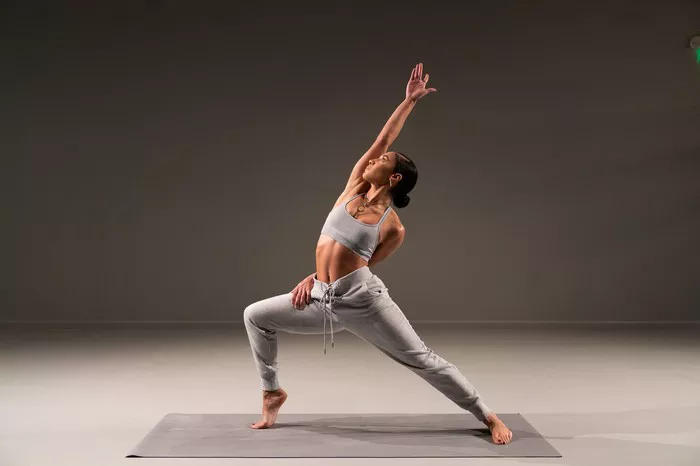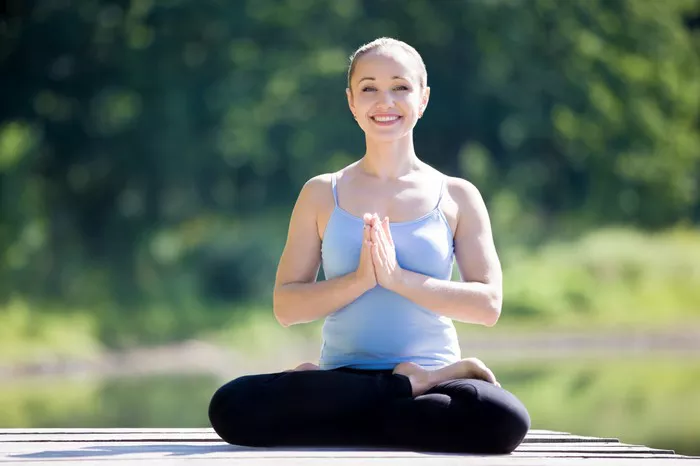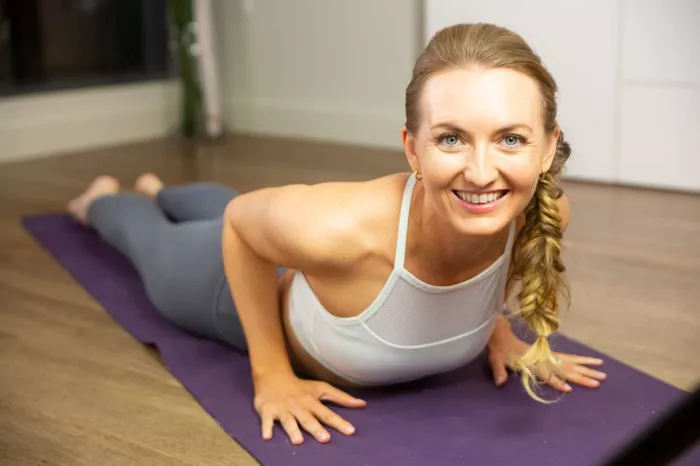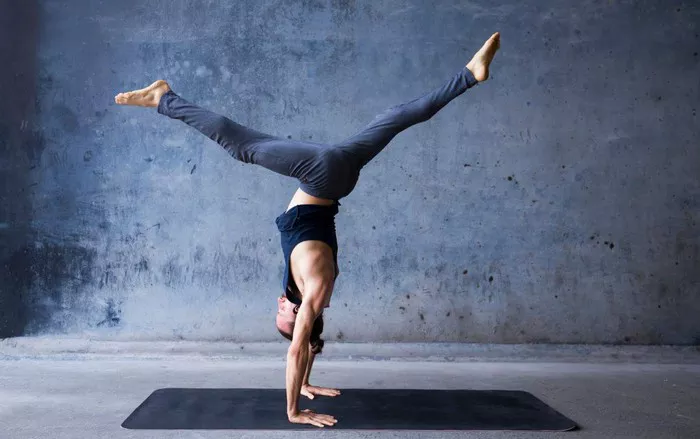Stress is an unavoidable aspect of life, and in today’s fast-paced world, it has become an all-too-common companion. It can stem from various sources—work pressure, personal challenges, or societal expectations—but the detrimental effects on both the mind and body are profound. In recent years, yoga has gained increasing recognition as an effective tool for managing and alleviating stress. As a comprehensive mind-body practice, yoga offers numerous styles and techniques, each contributing to stress reduction in different ways.
This article delves into which types of yoga are best suited for stress relief, providing an in-depth exploration of the various practices and their unique benefits. With the right approach, yoga can be an incredibly powerful tool to manage stress, enhance mental clarity, and promote overall well-being.
The Connection Between Yoga and Stress
Before we dive into the different yoga styles, it’s important to understand the physiological and psychological mechanisms through which yoga alleviates stress. Stress triggers a biological response in the body, activating the “fight or flight” mechanism, which prepares the body to deal with threats. This leads to an increase in heart rate, shallow breathing, muscle tension, and heightened awareness. If not managed properly, chronic stress can lead to a variety of health issues, including anxiety, depression, insomnia, high blood pressure, and even heart disease.
Yoga, on the other hand, activates the “rest and digest” state, or the parasympathetic nervous system, which promotes relaxation and recovery. The combination of physical postures (asanas), breath control (pranayama), meditation, and mindfulness practices helps to counteract the effects of stress, promoting mental clarity, emotional stability, and physical relaxation.
The following types of yoga are particularly beneficial in combating stress:
1. Hatha Yoga: The Foundation of Stress Relief
What is Hatha Yoga?
Hatha yoga is often considered the foundational practice of modern yoga, encompassing a balanced blend of physical postures, breathwork, and meditation. The term “Hatha” translates to “ha” (sun) and “tha” (moon), symbolizing the balance of opposing forces. This balance is central to Hatha yoga’s approach, which integrates both strength and flexibility, action and relaxation.
How Does Hatha Yoga Relieve Stress?
Hatha yoga is a gentle yet powerful practice, particularly effective for beginners or those who are new to yoga. The slow-paced, mindful movements paired with deep breathing create a sense of calm and grounding. By focusing on alignment, balance, and intentional breathing, Hatha yoga helps to release muscle tension, calm the nervous system, and improve overall circulation.
The practice encourages mindfulness, fostering a present-centered awareness that helps break the cycle of overthinking and worry, common symptoms of stress. The physical postures help release tension from areas of the body that store stress, such as the shoulders, neck, and lower back. The deep breathing techniques foster a sense of inner peace, slowing down the heart rate and relaxing the mind.
Who Can Benefit from Hatha Yoga?
Hatha yoga is ideal for those looking for a more accessible and restorative practice to combat stress. It is well-suited for individuals who are new to yoga or those who prefer a slower, more deliberate pace. It can also be effective for people who experience chronic tension in their bodies, as it emphasizes relaxation and stress reduction.
2. Vinyasa Yoga: Moving Meditation for Stress Release
What is Vinyasa Yoga?
Vinyasa yoga, often referred to as “flow” yoga, is characterized by fluid movements that are synchronized with the breath. In a Vinyasa class, each movement is connected to the inhale or exhale, creating a seamless flow from one posture to the next. Vinyasa is typically more dynamic than Hatha yoga and can vary greatly in intensity depending on the teacher and class style.
How Does Vinyasa Yoga Relieve Stress?
Vinyasa yoga’s dynamic nature helps to release physical and emotional stress by allowing practitioners to express themselves through movement. The synchronization of breath with motion is not only invigorating but also helps to quiet the mind and promote focus. This type of practice can help shift mental and emotional energy, allowing you to leave behind the thoughts that contribute to stress and anxiety.
The continuous flow of poses helps improve circulation, enhance flexibility, and promote physical vitality. By combining strength, flexibility, and endurance with a focus on breath, Vinyasa yoga promotes a sense of mental clarity, emotional balance, and physical relaxation. It allows practitioners to channel stress and anxiety into productive movement, which can have a cathartic and therapeutic effect.
Who Can Benefit from Vinyasa Yoga?
Vinyasa yoga is particularly effective for individuals who enjoy a more active practice and are looking for a workout that can also calm the mind. It is ideal for those who want to experience both a physical challenge and mental relaxation in the same session. Because of its continuous movement, it’s also suitable for people who have trouble sitting still and want to engage in something more dynamic to manage stress.
3. Restorative Yoga: Deep Relaxation for Chronic Stress
What is Restorative Yoga?
Restorative yoga is a deeply relaxing and therapeutic practice focused on rest and rejuvenation. Unlike other styles of yoga, which are more active, restorative yoga uses props like blankets, blocks, bolsters, and straps to support the body in passive postures. These supported poses are held for extended periods of time, sometimes up to 20 minutes, allowing the body to deeply relax and release tension.
How Does Restorative Yoga Relieve Stress?
Restorative yoga works on a very deep level to activate the parasympathetic nervous system, encouraging complete relaxation and stress reduction. By holding gentle, supported poses for a long duration, the body is given the time and space to unwind, recalibrate, and rejuvenate. This practice is ideal for individuals who suffer from chronic stress, burnout, or anxiety, as it allows for a profound sense of mental and physical relief.
The gentle nature of restorative yoga helps to reduce cortisol levels, the hormone associated with stress, and improve the body’s ability to handle future stressors. It provides a safe environment for emotional release, allowing practitioners to process and let go of pent-up emotions. Additionally, the slow pace and deep relaxation promote a calm mind, reduce racing thoughts, and improve sleep quality.
Who Can Benefit from Restorative Yoga?
Restorative yoga is best suited for individuals who are looking for a way to unwind deeply and manage long-term stress or fatigue. It is an excellent practice for those experiencing burnout, insomnia, or emotional exhaustion. It can also be beneficial for anyone who is recovering from illness or injury, as it promotes healing and relaxation without straining the body.
4. Yin Yoga: Cultivating Stillness and Patience
What is Yin Yoga?
Yin yoga is a slow-paced style that involves holding passive stretches for longer periods, typically between 3 to 5 minutes, in a relaxed manner. The practice targets the deep connective tissues of the body, such as ligaments, tendons, and fascia, rather than focusing on the muscles. By holding postures for extended periods, Yin yoga allows for a deep release of tension in these areas, helping to enhance flexibility and increase energy flow.
How Does Yin Yoga Relieve Stress?
Yin yoga promotes mindfulness and stillness, encouraging practitioners to turn inward and observe the sensations in their bodies without judgment. This practice helps release physical tension that may be contributing to mental stress. As postures are held for several minutes, the mind is also given time to slow down, allowing it to focus on the present moment rather than spiraling into worry or anxiety.
The deep stretches target the areas of the body where stress is often stored, such as the hips, lower back, and shoulders. Yin yoga helps to release emotional tension and foster a sense of inner calm, providing both physical and psychological stress relief. It is an excellent practice for cultivating patience, presence, and emotional resilience.
Who Can Benefit from Yin Yoga?
Yin yoga is particularly helpful for individuals who are looking to slow down and unwind after a busy day. It’s also effective for those dealing with chronic pain or stiffness, as it targets the deeper tissues of the body. Yin yoga is beneficial for individuals who tend to carry stress in their physical body, particularly in the hips, lower back, and shoulders, and for those who appreciate a quieter, more meditative practice.
5. Yoga Nidra: The Yoga of Sleep
What is Yoga Nidra?
Yoga Nidra, or “yogic sleep,” is a state of conscious relaxation that promotes deep rest and rejuvenation. Unlike traditional meditation practices, Yoga Nidra induces a state of deep relaxation similar to the REM phase of sleep, where the body and mind are completely relaxed, yet the practitioner remains aware. This practice is typically done lying down in a comfortable position, guided by a teacher through a series of visualizations and body scans.
How Does Yoga Nidra Relieve Stress?
Yoga Nidra has been shown to reduce stress hormones and promote a deep sense of peace and calm. The practice guides you into a state of deep relaxation, where the body and mind can reset and recover from the effects of stress. By inducing this deep state of relaxation, Yoga Nidra helps release tension, reduce anxiety, and improve sleep quality. It is particularly helpful for those experiencing insomnia or stress-related fatigue.
The systematic body scanning process helps to release tension from each part of the body, while the visualizations encourage the mind to let go of worries and stressors. Yoga Nidra promotes mental clarity and emotional balance, making it an excellent tool for stress management.
Who Can Benefit from Yoga Nidra?
Yoga Nidra is ideal for individuals who have trouble relaxing or sleeping due to stress and anxiety. It is also helpful for those experiencing burnout or chronic fatigue, as it allows for deep relaxation and restoration. This practice is accessible to anyone, including those with physical limitations, as it requires no movement and can be done lying down.
Conclusion
Stress is a pervasive issue in modern life, and its effects can be both physically and emotionally taxing. Yoga provides a wide variety of practices that can help reduce stress, restore balance, and promote overall well-being. The best type of yoga for stress relief ultimately depends on your personal preferences, needs, and level of experience.
Regardless of the style you choose, yoga is an effective and accessible tool for managing stress. By committing to regular practice, you can experience not only physical benefits but also enhanced mental clarity, emotional resilience, and an overall improved sense of well-being.
Related Topics:
























